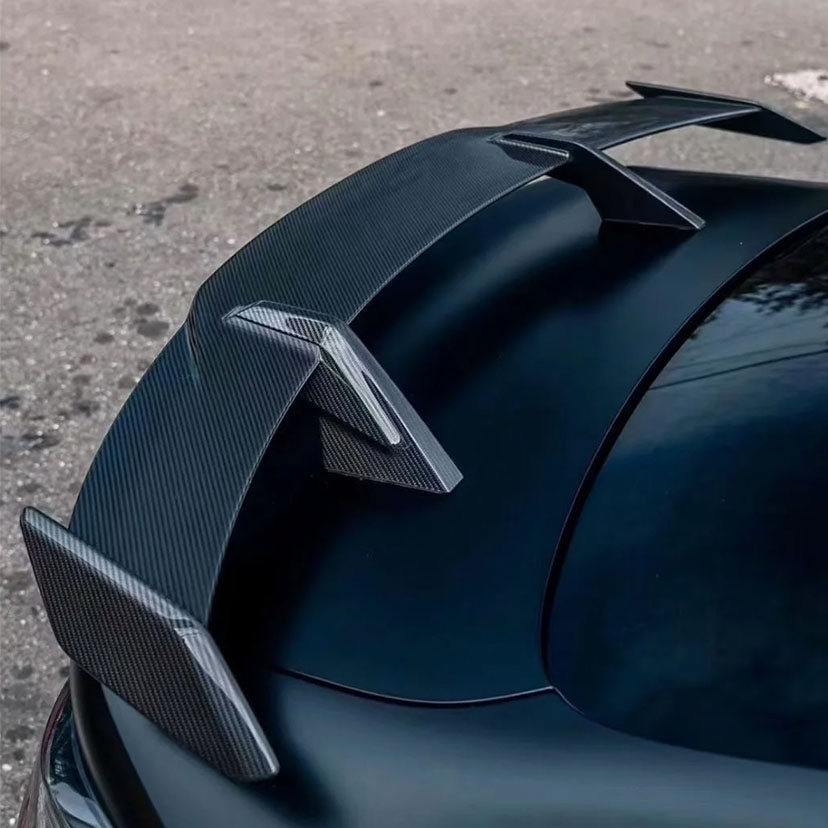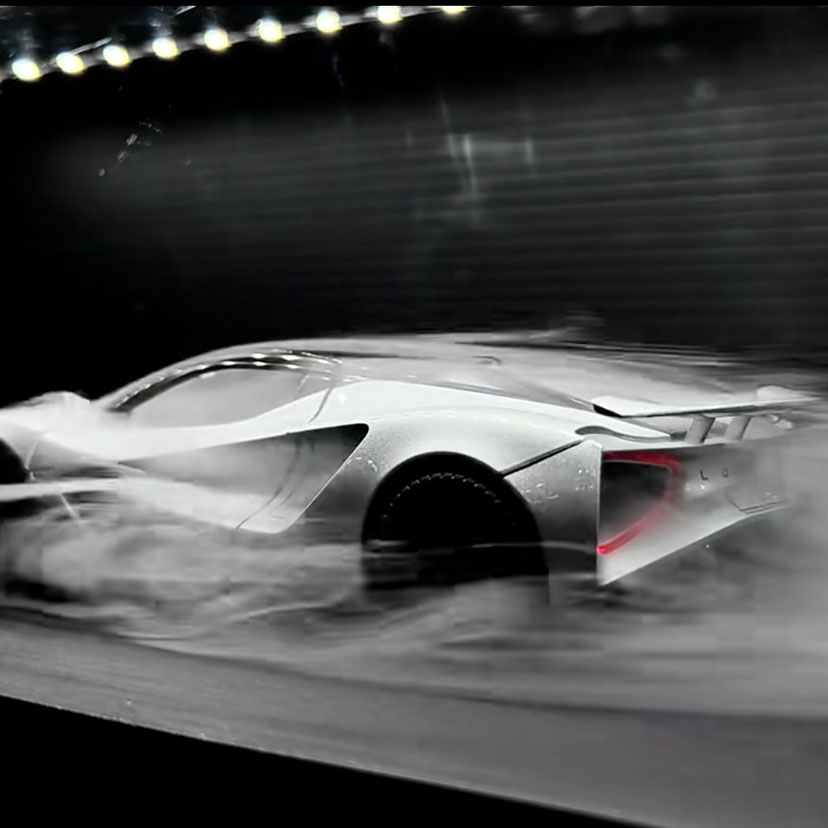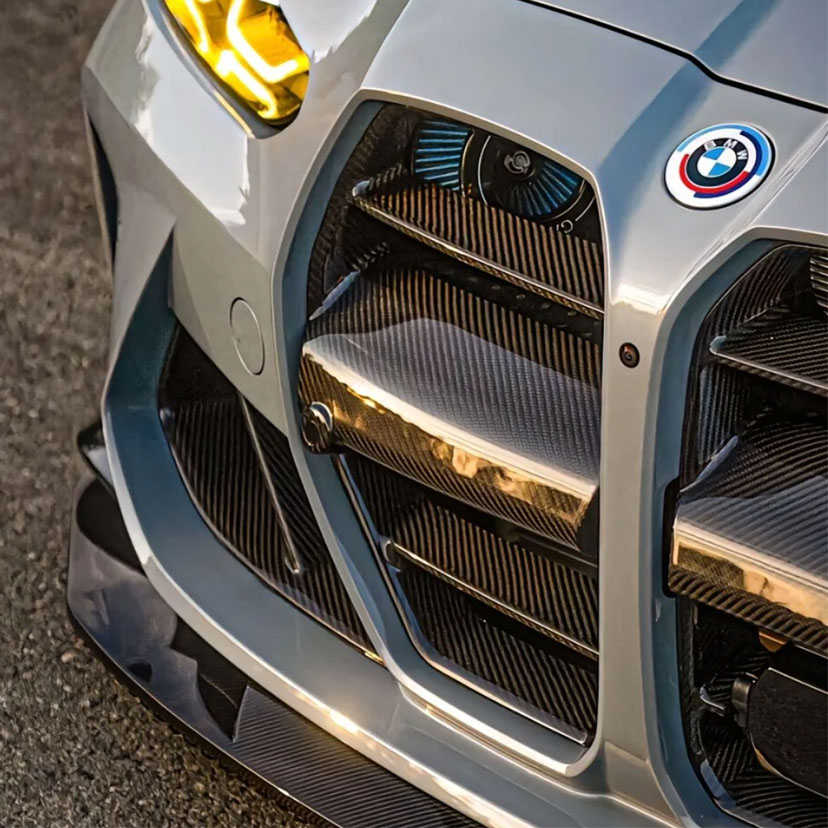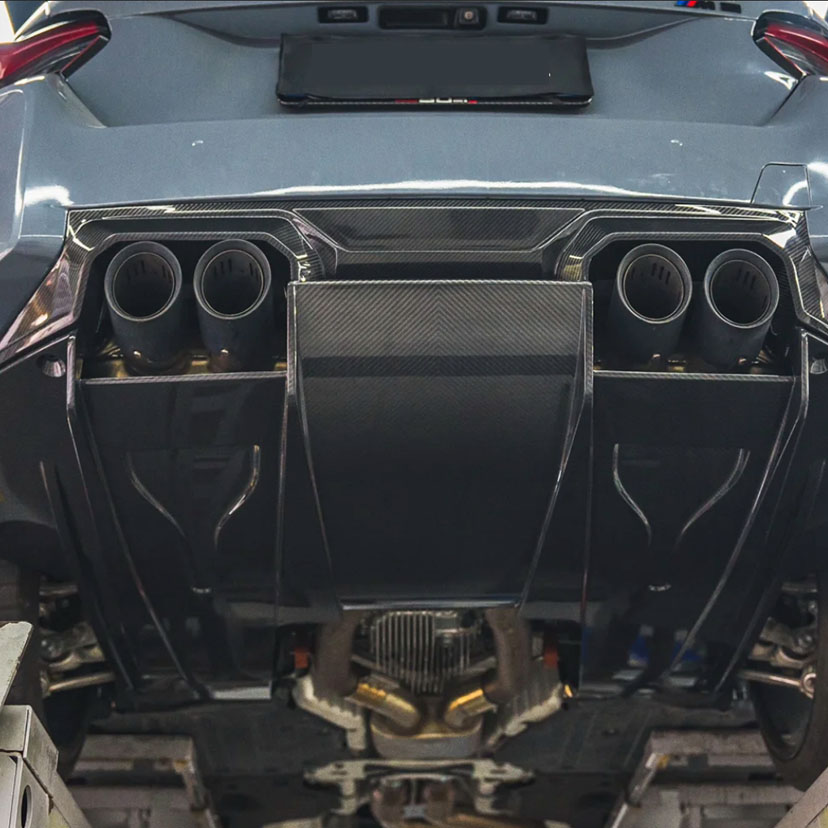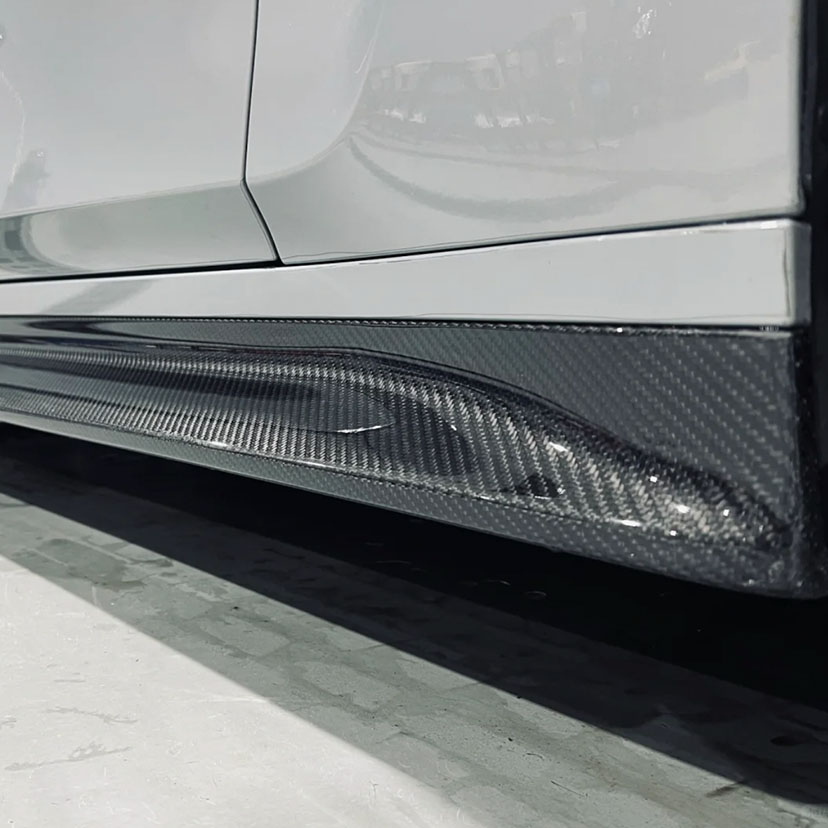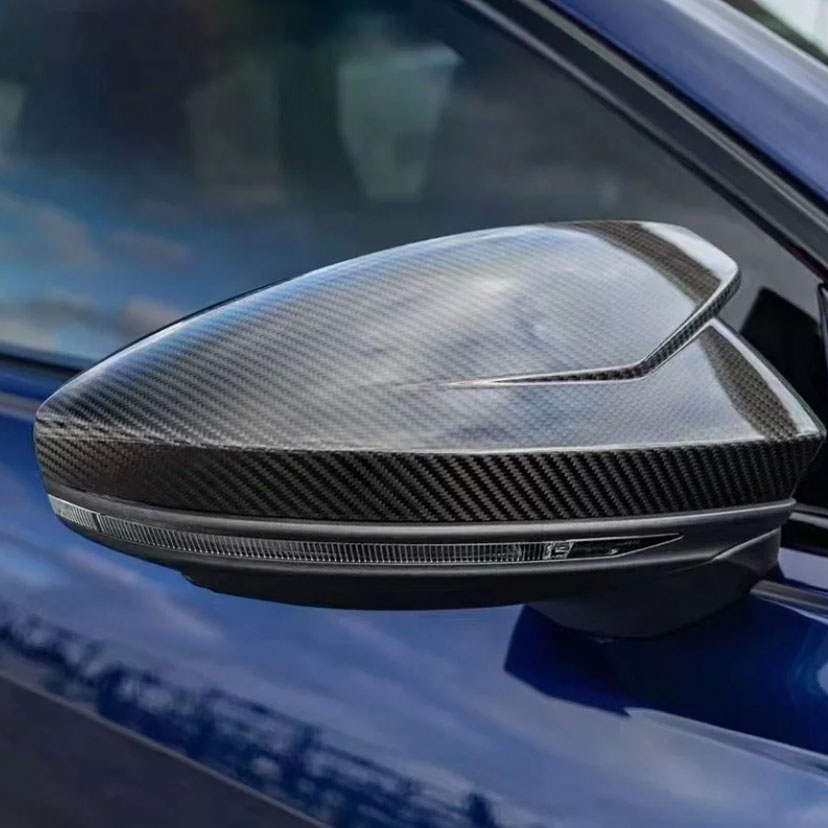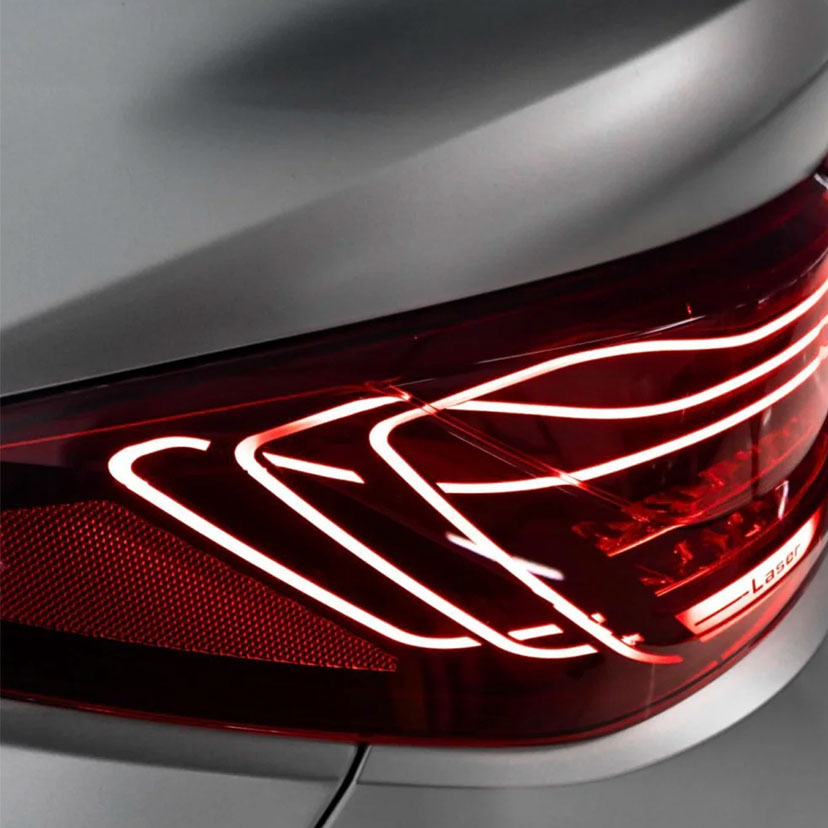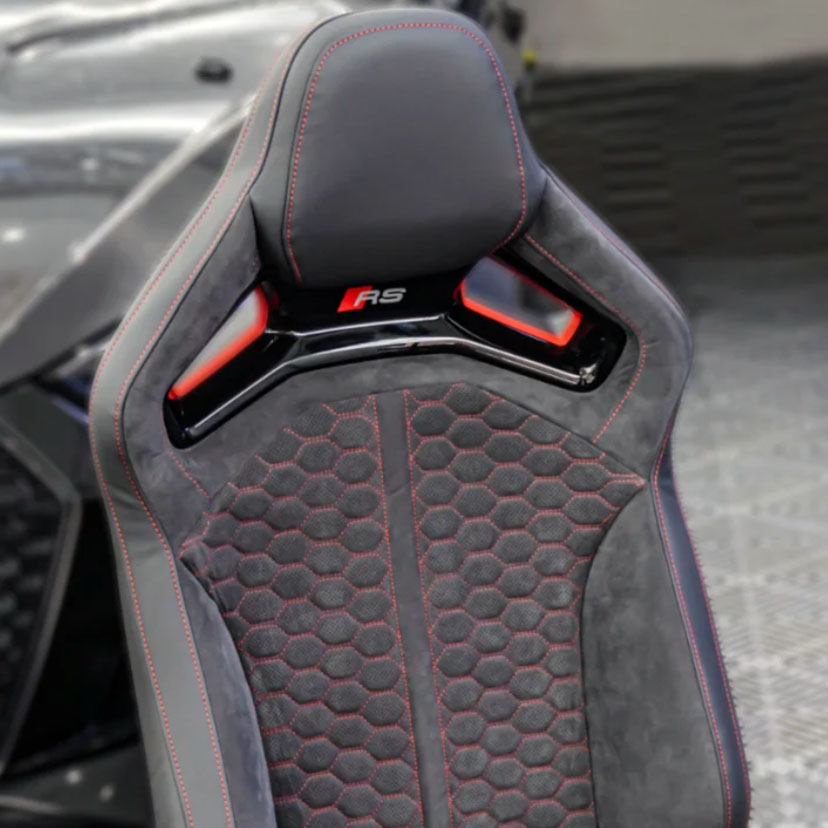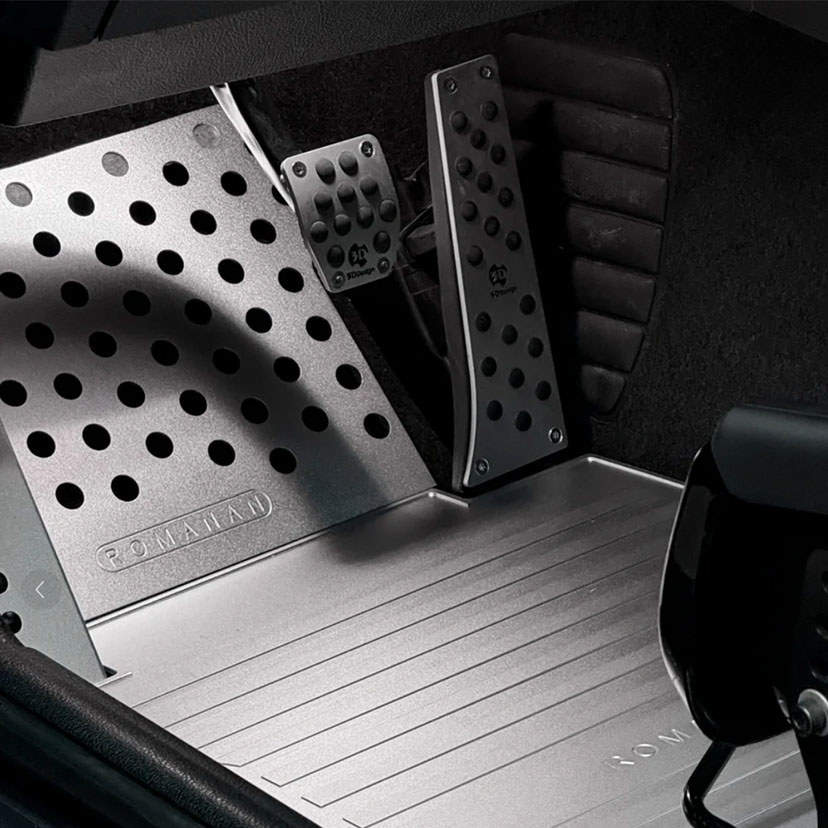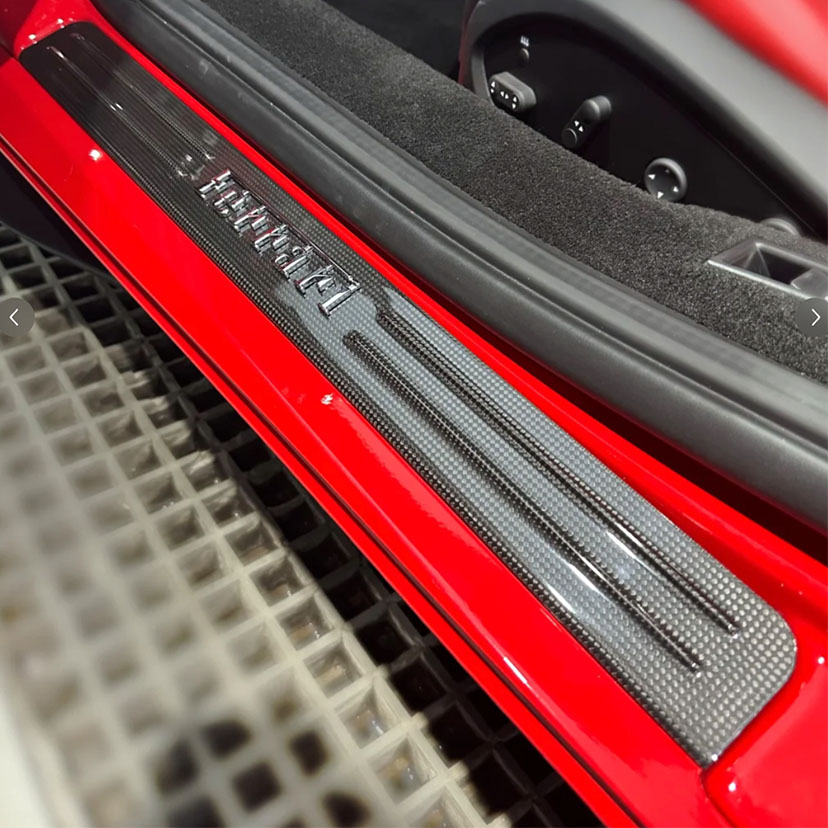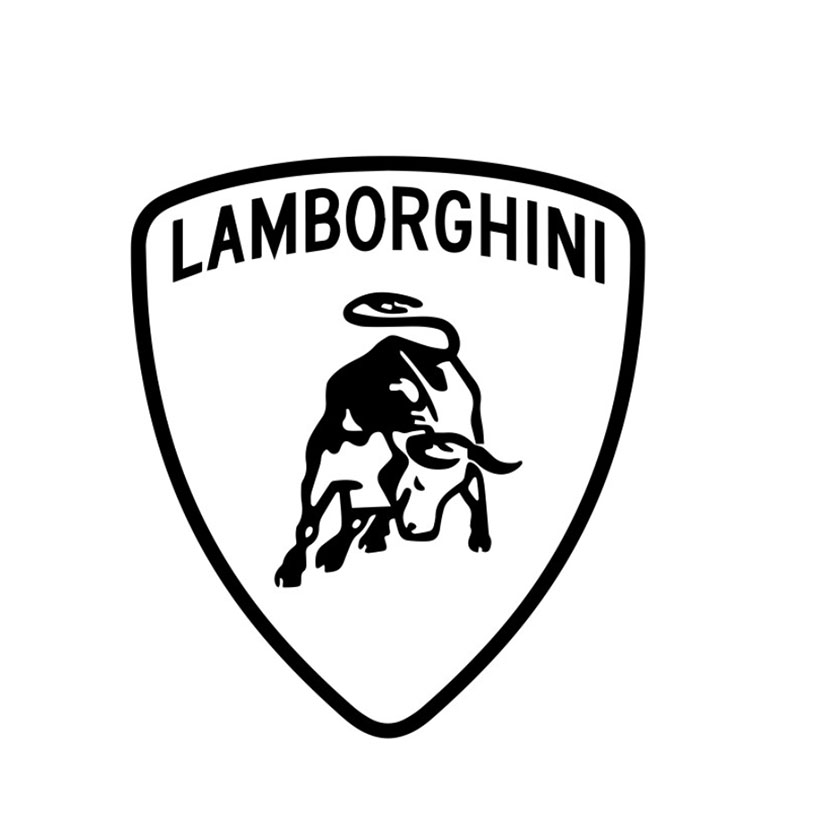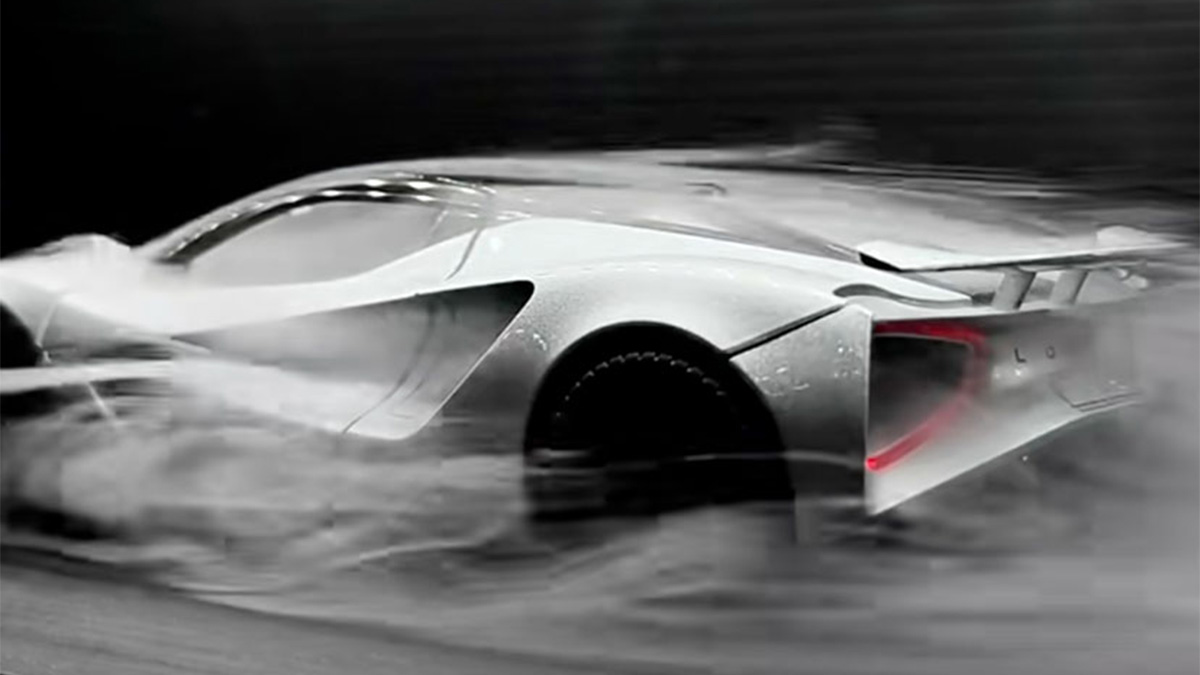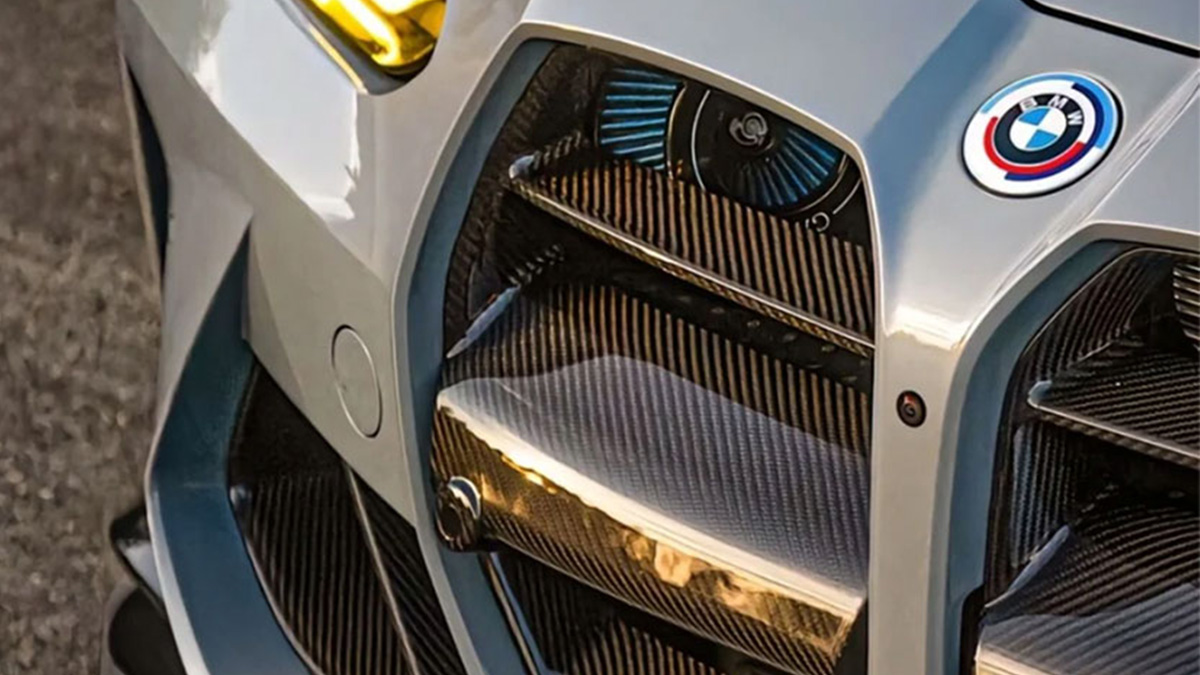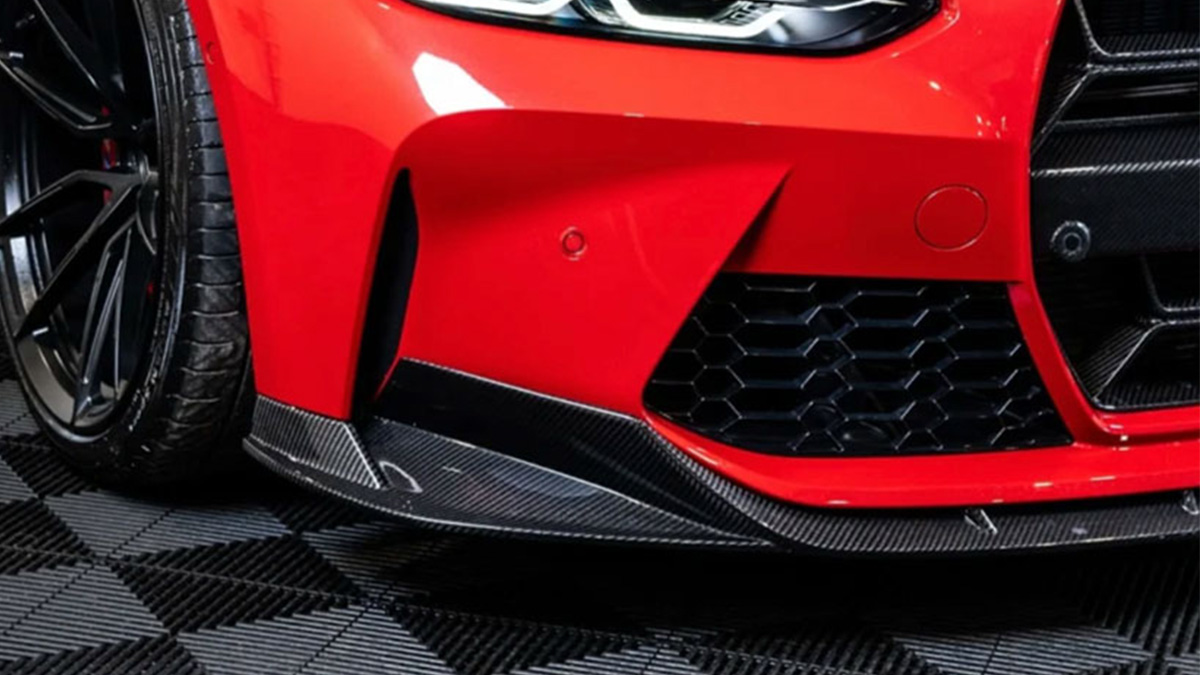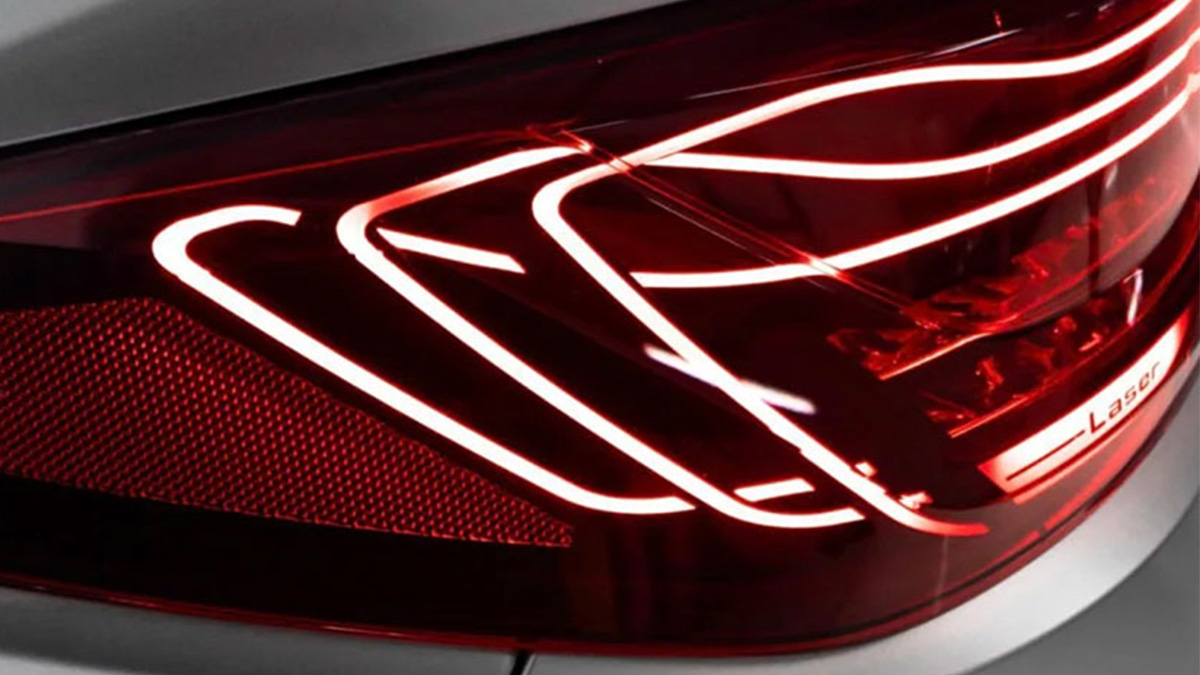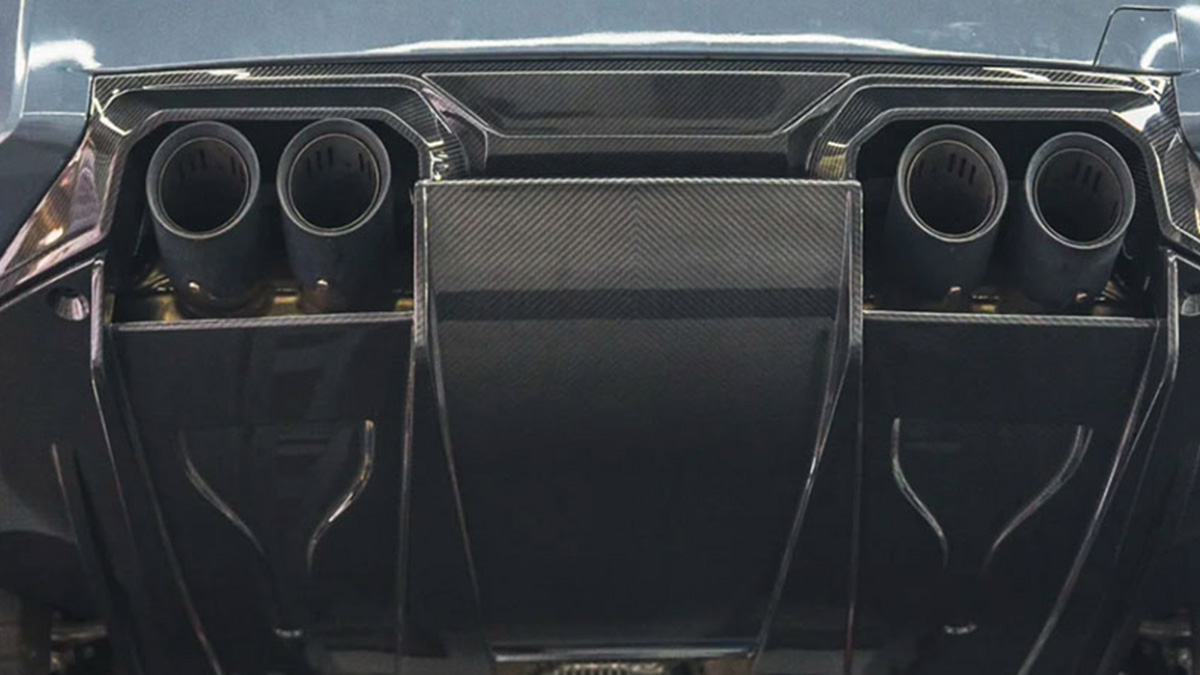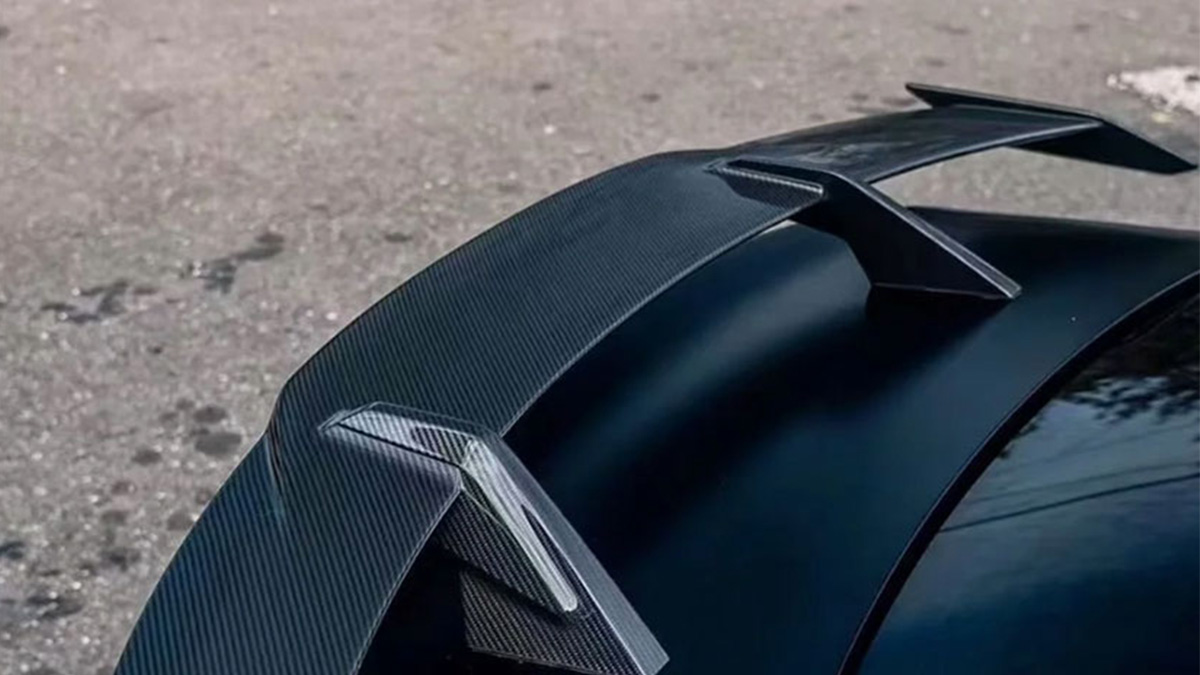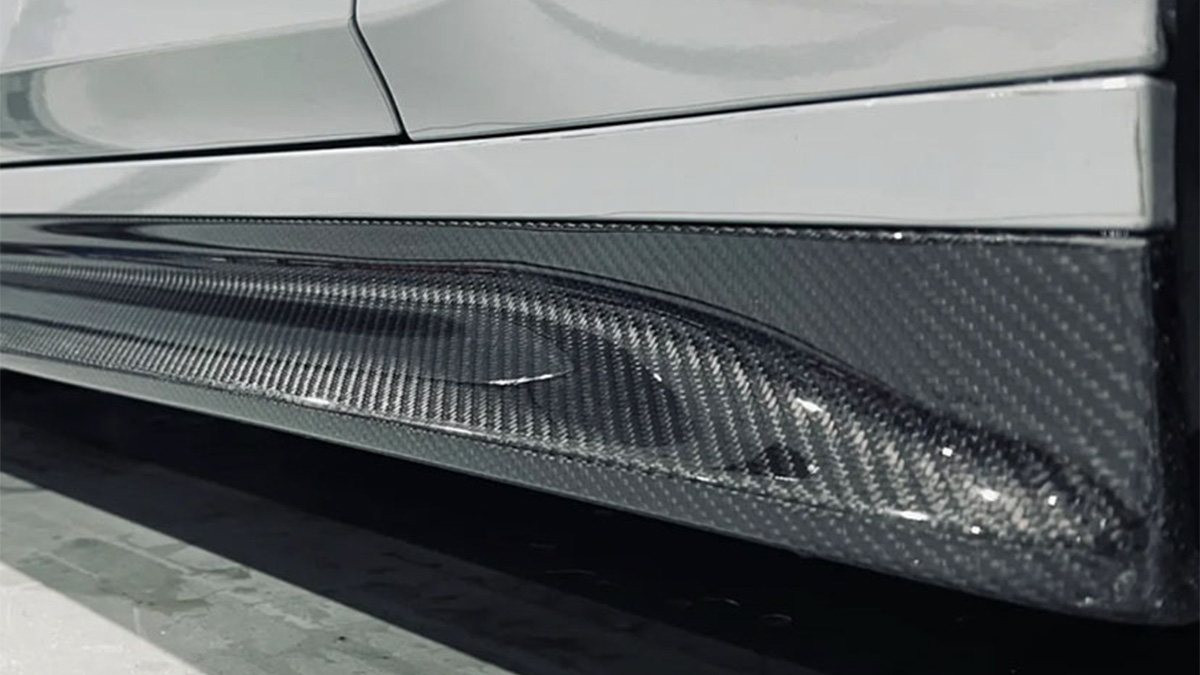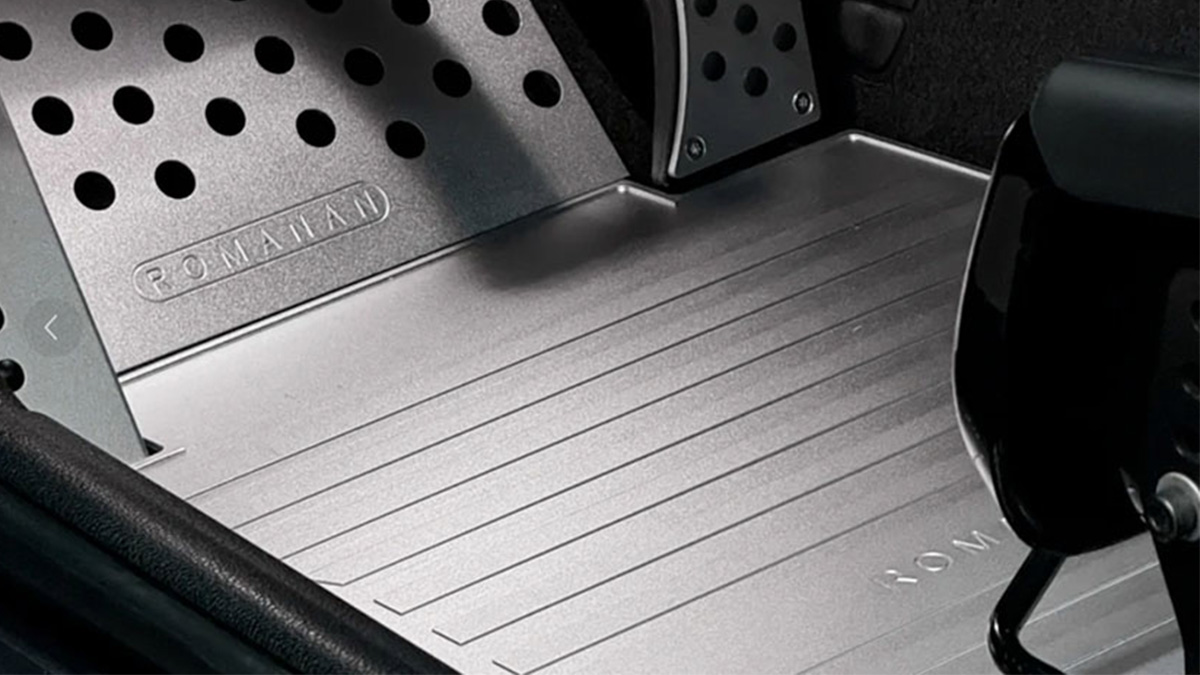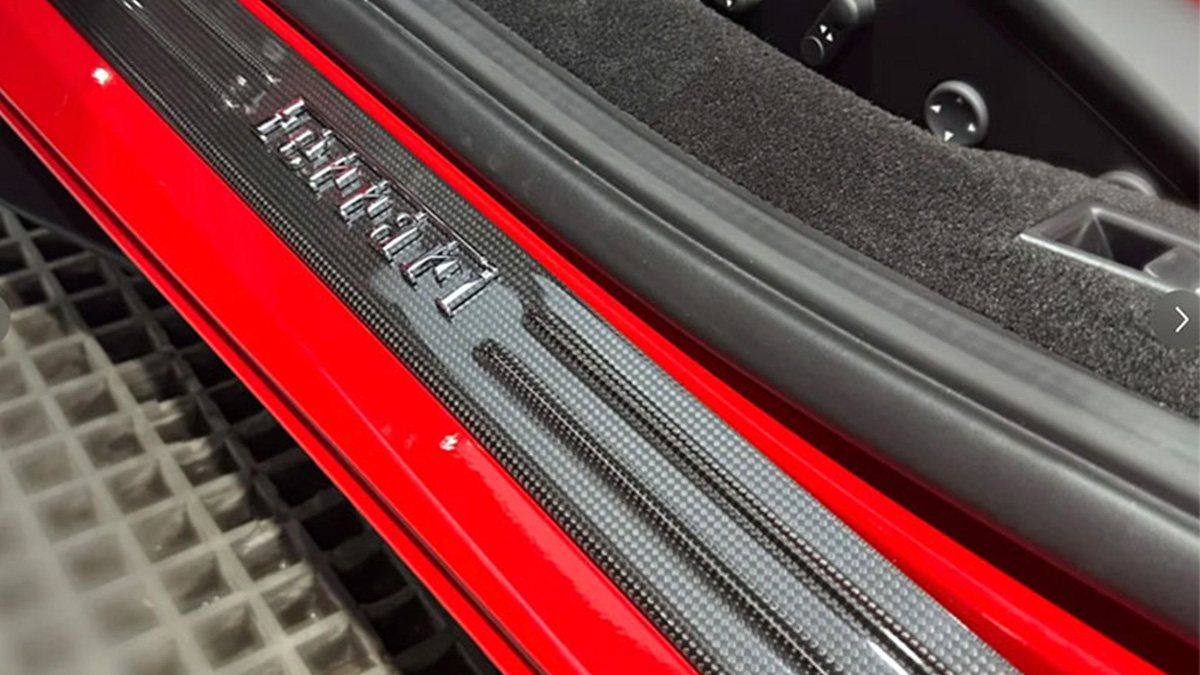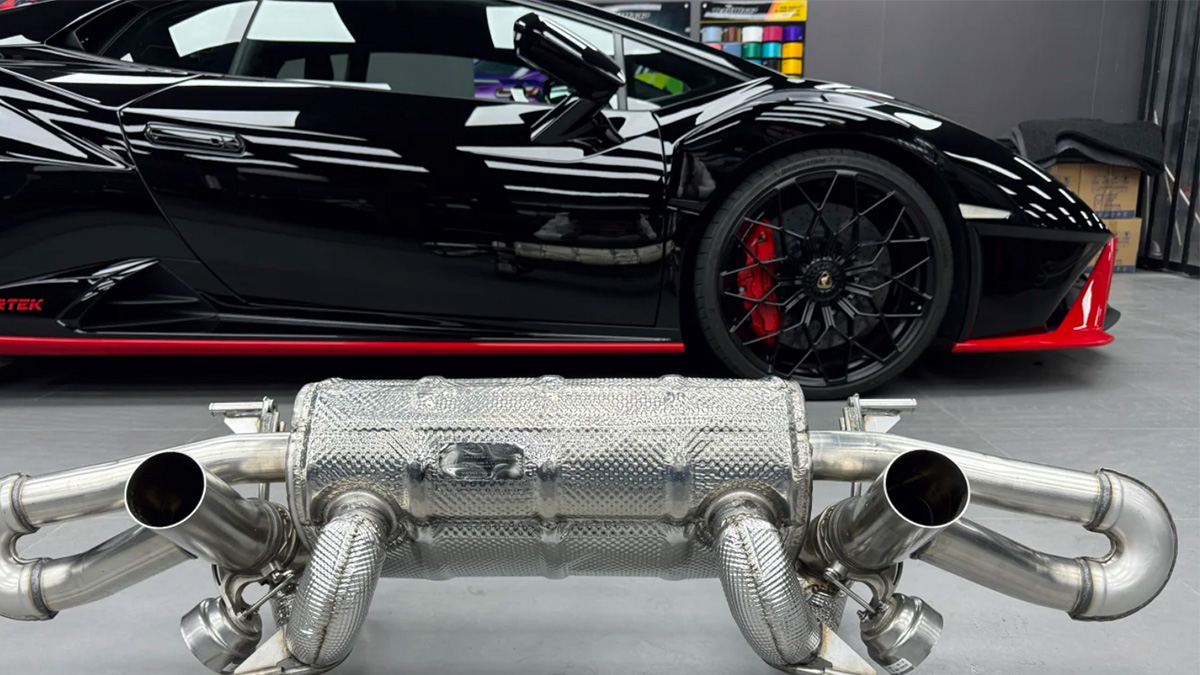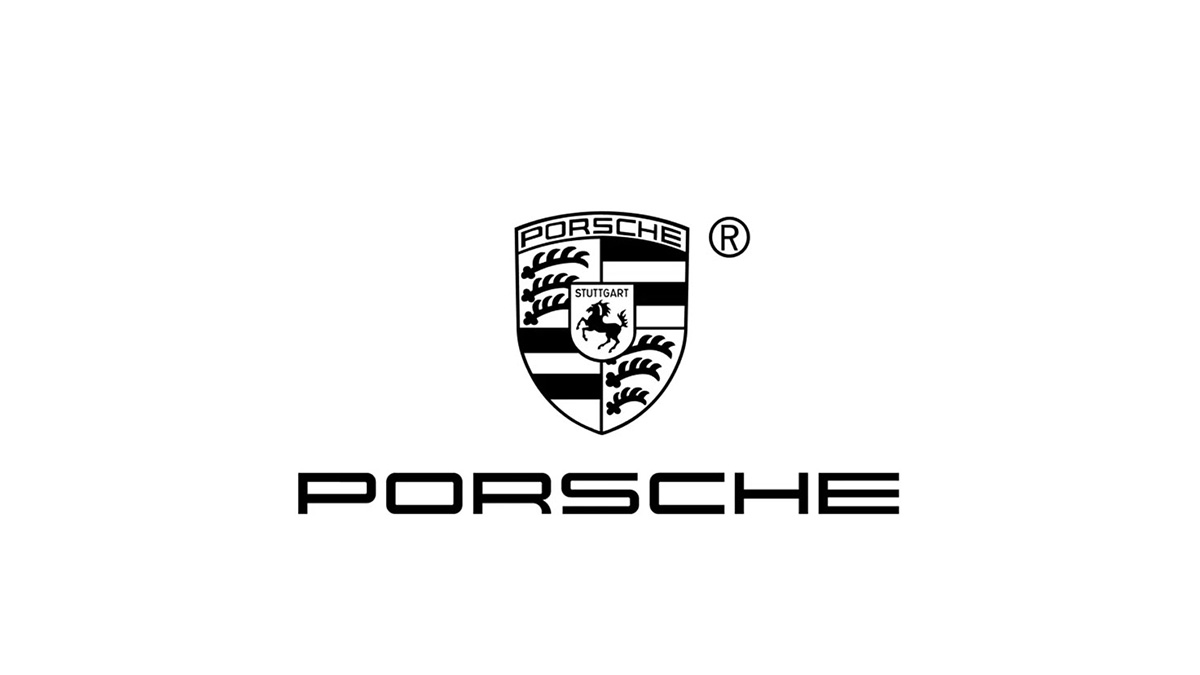Mustang GT3 or Rivals? Which One Wins

The Ford Mustang GT3 has made a bold entrance into the GT3 racing world. With its 5.4L naturally aspirated Coyote V8 engine and advanced Bosch Motorsport MS6.4 ECU, it promises thrilling performance. Its cutting-edge features, like a dry sump oiling system and a six-speed Xtrac racing transaxle, set it apart. The car also boasts a highly developed aero package and quick-change carbon fiber bodywork, ensuring both speed and efficiency.
Meanwhile, rivals like Porsche, Ferrari, and Mercedes-AMG bring decades of racing excellence. For instance, Mercedes-AMG’s SLS AMG GT3 achieved a “Grand Slam” in 2013, winning major endurance races like the Nürburgring 24-hour and Spa-Francorchamps 24-hour. These achievements highlight the fierce competition the Mustang GT3 faces.
Will the Ford Mustang GT3’s innovative design and technology be enough to challenge these legendary competitors?
Key Takeaways
The Ford Mustang GT3 has a strong 5.4L V8 engine. It gives 516 horsepower, making it great for GT3 races.
Mustang GT3 is steady and easy to handle. It works well in slow and medium corners, making it easier to drive.
The Mustang GT3 is tough and dependable. This makes it good for long races and beginner drivers.
Smart design features, like special aerodynamics and light materials, improve how it performs on the track.
Racing teams like the Mustang GT3 more and more. It seems to have a bright future in GT3 racing.
Performance Comparison

Mustang GT3’s Engine and Speed
Engine specifications and top speed
The Mustang GT3 features a 5.4L naturally aspirated V8 engine, delivering 516 horsepower. This power output aligns with the GT3 category’s standards. The car’s weight of 1,315 kg ensures a competitive power-to-weight ratio. Here’s a quick comparison of its engine specifications:
Engine Type | Horsepower | Torque | Weight |
|---|---|---|---|
5.4L Naturally Aspirated V8 | 516 hp | N/A | 1,315 kg |
Comparison with rivals like Porsche 911 GT3 and Ferrari 296 GT3
The Mustang GT3’s engine performance matches its rivals in the GT3 class. Cars like the Porsche 911 GT3 and Ferrari 296 GT3 offer similar horsepower, but their turbocharged engines provide a different driving experience. While the Mustang GT3 emphasizes a naturally aspirated setup for linear power delivery, its competitors focus on turbocharging for enhanced torque.
Handling and Track Performance
Mustang GT3’s cornering ability and stability
You’ll find the Mustang GT3 excels in stability, especially during cornering. It feels planted in slow and medium-speed corners, giving you confidence on the track. The car handles kerbs well and maintains its line effectively. However, during aggressive trail braking, the front end can feel light, leading to potential rear instability. Despite this, its steering is less twitchy than other GT3 cars, making it easier to control slides.
Rivals’ handling characteristics and track records
Rivals like the Porsche GT3 and Ferrari 296 GT3 shine in track performance. The Porsche GT3, for instance, is engineered for maximum precision, excelling in high-speed cornering. However, the Mustang GT3 offers a more accessible driving experience, especially at lower speeds, making it enjoyable for a broader range of drivers.
Durability and Reliability
Mustang GT3’s endurance in long races
Ford Performance designed the Mustang GT3 with durability in mind. This racecar performs consistently in long-distance events like the IMSA SportsCar Championship. It maintains lap times throughout a race stint, proving its reliability. Its affordability and ease of maintenance also make it a practical choice for customer teams.
Rivals’ reliability under racing conditions
Competitors like the Porsche 911 GT3 and Mercedes-AMG GT3 have established reputations for reliability in endurance racing. Their proven track records in events like the FIA WEC and GT World Challenge highlight their ability to withstand the rigors of long races. The Mustang GT3, however, is quickly proving itself as a strong contender in this area.
Design and Aerodynamics

Mustang GT3’s Exterior Design
Aggressive styling and functional design
The Mustang GT3’s exterior design combines bold aesthetics with functional elements to enhance performance. You’ll notice several unique features that set this racecar apart:
Larger grill openings improve airflow to the engine.
New bonnet vents optimize heat dissipation.
A redesigned front splitter increases downforce.
The extended rear deck incorporates signature tri-bar lighting.
A reworked diffuser ensures better aerodynamic balance.
These design choices not only improve the car’s racing capabilities but also give it a more chiselled and edgy appearance. The Mustang GT3 retains its classic brawniness while embracing modern styling, making it a standout on the track.
Rivals’ design approaches and their impact on performance
Rivals like the Porsche 911 GT3 and Ferrari 296 GT3 take a different approach to exterior design. Porsche emphasizes a sleek, minimalist look that prioritizes aerodynamic efficiency. Ferrari, on the other hand, blends elegance with aggressive lines to achieve both style and performance. While these designs excel in their own ways, the Mustang GT3’s bold and functional styling offers a unique balance of aesthetics and practicality.
Aerodynamic Features
Mustang GT3’s aerodynamic innovations
Ford Performance has equipped the Mustang GT3 with cutting-edge aerodynamic features to meet GT3 racing standards. Key innovations include:
A bespoke short-long arm suspension system.
Multimatic DSSV dampers for improved handling.
Carbon fiber body panels to reduce weight.
A rear-mounted transaxle 6-speed gearbox for better weight distribution.
A custom aero package designed specifically for GT3 competition.
These features work together to enhance the Mustang GT3’s stability, cornering, and overall track performance.
Comparison with rivals’ aerodynamic efficiency
The Mustang GT3’s aerodynamic efficiency stands out due to its advanced design and technology. For example, it uses a rear-mounted camera and radar system to detect approaching competitors, improving situational awareness during races. This innovation gives it an edge in events like the IMSA SportsCar Championship. While rivals like the Mercedes-AMG GT3 focus on traditional aerodynamic solutions, the Mustang GT3’s modern approach offers a fresh perspective in the GT3 category.
Weight Distribution
Mustang GT3’s weight distribution strategy
Weight distribution plays a crucial role in the Mustang GT3’s performance. By utilizing a rear-mounted transaxle gearbox and lightweight carbon fiber panels, the car achieves a balanced setup. This strategy improves cornering stability and reduces understeer, making the Mustang GT3 more predictable and easier to handle during races.
How rivals achieve optimal balance
Competitors like the Porsche 911 GT3 and Ferrari 296 GT3 also prioritize weight distribution. Porsche relies on its rear-engine layout to maintain balance, while Ferrari uses a mid-engine design for optimal weight placement. Each approach has its strengths, but the Mustang GT3’s innovative strategy ensures it remains competitive in events like the GT World Challenge.
Technology and Innovation
Mustang GT3’s Suspension and Braking Systems
Advanced suspension and braking technology
The Mustang GT3 incorporates cutting-edge suspension and braking systems to deliver exceptional track performance. Its semi-inboard active pushrod rear suspension, adapted from the Mustang GTD, enhances handling and stability. This innovative design uses two springs per damper, allowing you to adjust settings for track mode. These adjustments improve grip and cornering precision, giving you an edge in competitive racing. The braking system complements this setup with high-performance Brembo calipers, ensuring consistent stopping power during intense races.
Rivals’ systems and their effectiveness
Rivals like the Porsche 911 GT3 and Mercedes-AMG GT3 also feature advanced suspension and braking technologies. Porsche employs a double-wishbone front suspension for precise handling, while Mercedes-AMG uses a multi-link setup for optimal balance. Both cars rely on carbon-ceramic brakes for durability and heat resistance. While these systems are highly effective, the Mustang GT3’s adjustable suspension offers greater flexibility, making it a standout choice for diverse track conditions.
Electronics and Driver Assistance
Mustang GT3’s onboard electronics and driver aids
The Mustang GT3 integrates advanced electronics to enhance your driving experience. Its Bosch Motorsport MS6.4 ECU ensures precise engine management, optimizing performance in real-time. The onboard telemetry system provides detailed data, helping you fine-tune the car for each race. Driver aids like traction control and ABS improve safety and control, especially in challenging conditions. These features make the Mustang GT3 a user-friendly racecar for both seasoned drivers and newcomers.
Rivals’ technological advancements in electronics
Competitors like the Ferrari 296 GT3 and Mercedes-AMG GT3 also excel in electronic systems. Ferrari’s advanced ECU and telemetry tools offer unparalleled data analysis, while Mercedes-AMG includes customizable driver aids for enhanced adaptability. However, the Mustang GT3’s focus on intuitive controls and real-time adjustments ensures you can maximize its potential without extensive technical expertise.
Materials and Build Quality
Mustang GT3’s use of lightweight materials
Ford Performance has prioritized lightweight construction in the Mustang GT3. The car features carbon fiber body panels, reducing weight and improving aerodynamics. This material choice enhances acceleration and cornering, giving you a competitive advantage. The rear-mounted transaxle gearbox further contributes to weight distribution, ensuring balanced handling during high-speed maneuvers.
Rivals’ construction techniques and material choices
Rivals like the Porsche 911 GT3 and Ferrari 296 GT3 also utilize lightweight materials. Porsche relies on aluminum and carbon fiber composites for durability and weight reduction, while Ferrari incorporates advanced alloys for structural integrity. Each approach has its strengths, but the Mustang GT3’s strategic use of carbon fiber and innovative design make it a formidable contender in the GT3 category.
Racing Success and Legacy
Mustang GT3’s Racing Performance
Early results in GT3 competitions
The Mustang GT3 has already made an impression in its early GT3 competitions. Its debut at the 2024 Rolex 24 at Daytona showcased its potential. You’ll find that it performs consistently, maintaining lap times from the start to the end of a stint. This reliability is crucial in endurance racing. The car’s design also caters to amateur racers, making it a strong contender in Pro-Am racing categories.
Key highlights of its early performance include:
A two-car factory effort in the IMSA WeatherTech SportsCar Championship.
A focus on affordability and durability, ensuring accessibility for customer teams.
Ease of handling, which benefits amateur drivers and enhances race outcomes.
Expectations for future success
The Mustang GT3 is poised for a bright future in GT3 racing. Ford Performance has reported significant interest from customer teams, signaling strong market appeal. The car’s affordability and durability make it an attractive option for teams looking for a competitive edge.
Expectations for its future include:
Continued participation in major racing series like the GT World Challenge.
Increased adoption by customer teams, thanks to its ease of maintenance and driving.
Enhanced competitiveness through its partnership with M-Sport, a team with a proven track record in prestigious events.
This racing car is designed to excel in both professional and amateur racing, ensuring its relevance in the GT3 category for years to come.
Rivals’ Racing Legacy
Porsche, Ferrari, and Mercedes-AMG’s GT3 racing history
When you look at the GT3 racing scene, Porsche, Ferrari, and Mercedes-AMG dominate with their rich histories. Porsche’s 911 GT3 has been a benchmark in the category, consistently delivering top-tier performance. Ferrari’s GT3 entries, like the 296 GT3, combine elegance with speed, earning numerous victories. Mercedes-AMG’s GT3 cars, including the SLS AMG GT3, have achieved iconic wins, such as the Nürburgring 24-hour race.
Key wins and milestones of rival cars
These rivals have set high standards in GT3 racing. Porsche has claimed multiple championships in the GT World Challenge, while Ferrari has excelled in endurance events like the 24 Hours of Le Mans. Mercedes-AMG’s GT3 cars have a legacy of endurance racing success, including a “Grand Slam” in 2013. These achievements highlight the formidable competition the Mustang GT3 faces.
Reception Among Fans and Teams
Mustang GT3’s reception in the racing community
The Mustang GT3 has generated excitement among fans and racing teams. Its competitive debut drew significant attention, with customer teams like Proton Competition expressing enthusiasm. Fans have shown increased engagement, attending events in greater numbers to witness this new contender in action.
Rivals’ popularity and reputation
Porsche, Ferrari, and Mercedes-AMG enjoy widespread popularity in the GT3 community. Their long-standing reputations and consistent performance have earned them loyal followings. While the Mustang GT3 is still building its legacy, its strong debut suggests it could soon rival these established names in fan and team support.
The Ford Mustang GT3 stands out with its affordability, durability, and ease of maintenance. These qualities make it an excellent choice for customer teams and amateur racers. You’ll appreciate its consistent performance throughout a race, ensuring competitive lap times even in the final stages. This reliability is especially valuable in Pro-Am racing, where less experienced drivers can influence results.
Significant interest from customer teams highlights the Mustang GT3’s growing appeal.
Ford Performance plans to expand its participation in more racing series, signaling a promising future.
Ultimately, your choice depends on whether you value innovation and accessibility over the legacy of established rivals.


